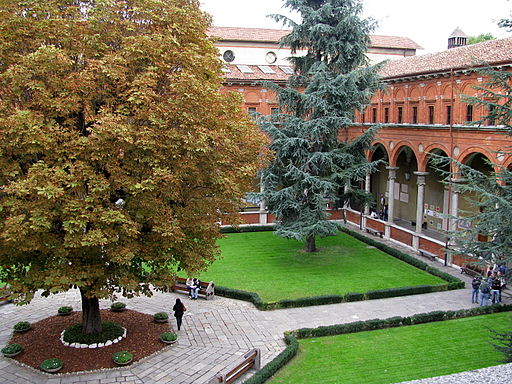
Technische Universität Graz, Institute for Neural Engineering
PROJECT “Vocabulary acquisition in second language with gestures supported by a virtual agent in augmented reality”
Laboratory research has repeatedly demonstrated that gestures enhance memory for verbal information compared to audio-visual learning. The enhancement produced by gestures is still discussed in terms of depth of information encoding (Craik & Lockhart, 1972, Craik & Tulving, 1975). However, the neural base of depth of encoding is poorly understood. The literature in the field considers mainly two possibilities: one attributes depth of encoding to increased activity in brain areas specialized in semantic processing, the other to the recruitment of brain areas usually not involved in canonical L2-(audio-visual) word learning, i.e. motor regions. In a recent review on the base of different imaging modalities, Shtyrov (2012) provides evidence for the thesis that word encoding leads to immediate neocortical involvement, i.e. to the formation of a memory trace, in which, critically, the hippocampus is not involved. Accordingly, depth of encoding is spelled out in terms of mere addition of sensorimotor information to audio-visual input when gestures accompany words in L2. Here, we assess different kinds of encoding and their influence on memory for words.
Collaborators
Claudia Repetto PhD, Post Doc, Università Cattolica Milano
Anja Ischebeck, PhD, Prof., University of Graz
